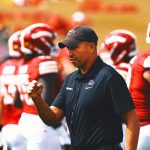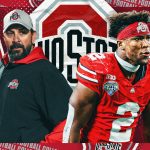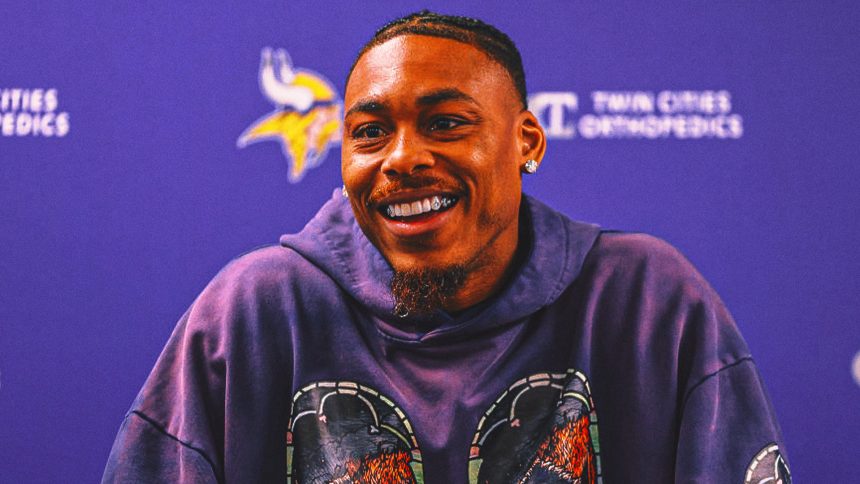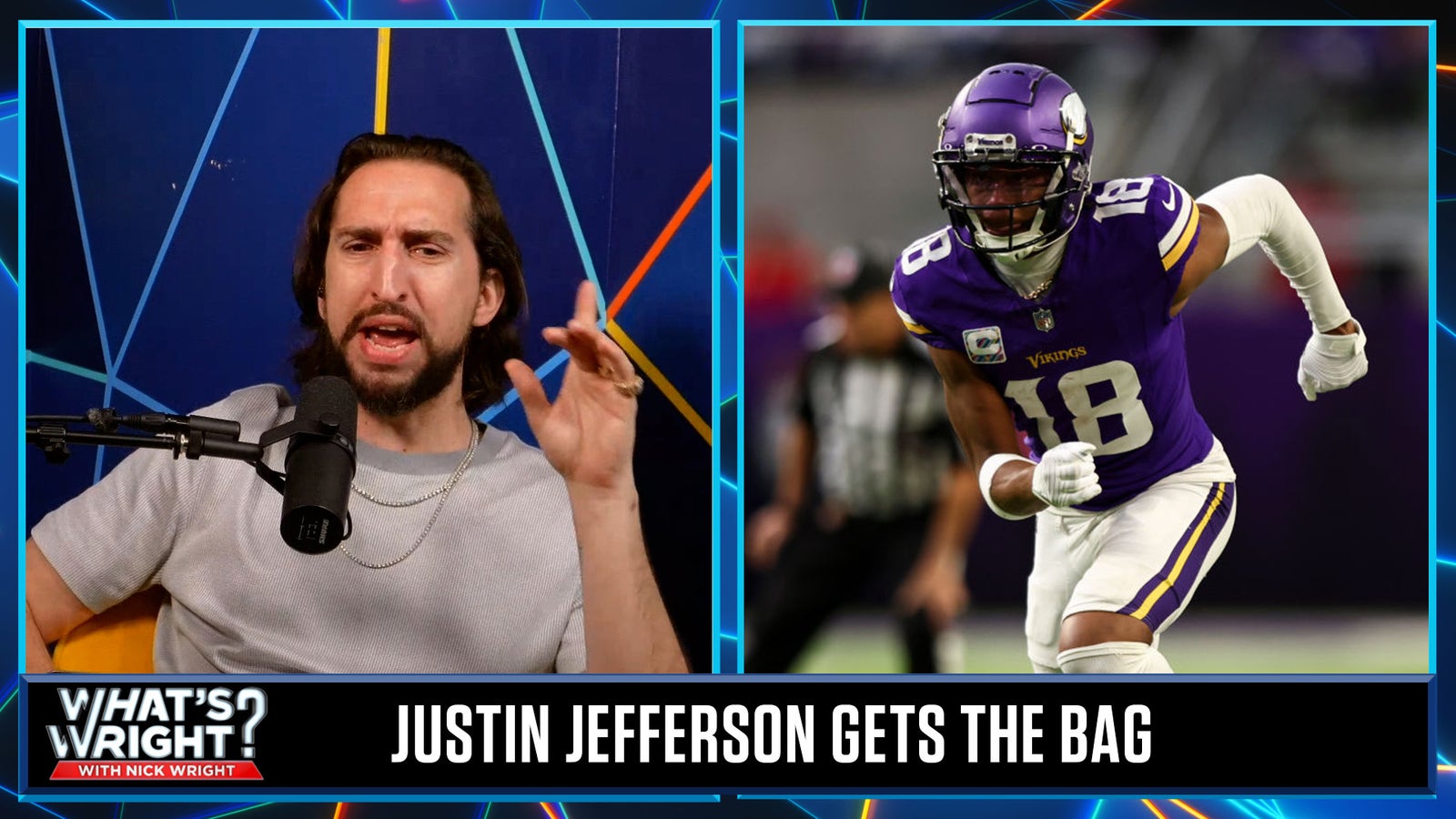The NFL MVP has never been awarded to a wide receiver, but team-builders around the league are showing the football world that the value of an elite pass-catcher is almost priceless in this era.
With Justin Jefferson inking a four-year, $140 million deal this week, the league’s shift toward a pass-centric approach has made wide receivers the most valuable asset in the NFL after the quarterback. While traditionalists will scoff at building a team around a pass-catcher in a “line-of-scrimmage league,” Jefferson’s deal is part of a trend that has completely flipped the marketplace.
Five of the top eight highest-paid non-quarterbacks are now wide receivers, including A.J. Brown (three years, $96 million, $32 million average), Amon-Ra St. Brown (four years, $120 million, $30 million average), Tyreek Hill (four years, $120 million, $30 million average) and Jaylen Waddle (three years, $84.75 million, $28.25 million average).
With CeeDee Lamb and Ja’Marr Chase poised to join the $30 Million Club” in the near future, league executives are treating wide receivers like face of the franchise-type players in the team-building process. The seismic shift in wide receiver perception and compensation has changed the blueprint that executives and coaches are utilizing to build contenders in a league built around the passing game.
ADVERTISEMENT
General managers and coaches have traditionally built around the franchise quarterback, with the left tackle or blindside protector also viewed as an essential piece of the offensive puzzle. While most team-builders continue to prioritize the offensive line, it appears some coaches and scouts prefer playmakers over protectors when allocating resources to upgrade the team.
“This is my personal opinion: If they ask me, invest in guys that touch the ball and score touchdowns,” 49ers offensive line coach Chris Foerster said Wednesday. “And then there’s a range of guys — second, third, fourth round, fifth round even — that we will find starting offensive linemen in.
“Now, there’s a line below which with offensive line play that if you just drop a little bit below it, it’s a gaping hole,” Foerster admitted. “All of a sudden, you’re like, ‘He can’t block anybody.’ And now we got a major problem. But as long as they’re at that line and just above it, you can survive it. … We’ve got ways with our system. We can chip, we can do all sorts of things to help guys.
“[But] If a guy can’t get open, if a guy can’t catch the ball and run, that’s where we have a problem.”
Foerster, a 30-year NFL coaching veteran, hit the nail on the head when discussing the importance of having a playmaker on the perimeter. The potential of a dynamic pass-catcher to light up the scoreboard is hard to resist in a league where scoring matters more than ever.
Since 2020, 27 wide receivers have been picked in the first round, and playmakers like Chase, Waddle, Lamb and Jefferson have topped the list as blue-chip players. With Brandon Aiyuk, DeVonta Smith, Garrett Wilson and Chris Olave just below the elite receivers, teams are willing to utilize prime draft capital and significant salary cap space to draft, develop and retain game-changers on the perimeter.
As a high school coach and camp counselor who has watched the revolution at the wide receiver position, I can say that the recent success of young pass-catchers can be attributed to the explosion of the 7-on-7 circuit and the proliferation of the spread offense at lower levels.
High school coaches place their best athletes on the perimeter to maximize the space created with three- and four-receiver sets. With bigger, faster and more explosive players touching the ball on catch-and-run concepts that enable quarterbacks to rack up production on low-risk, high-reward passes thrown at or near the line of scrimmage, the game has changed from high school to the NFL.
As a result, the annual draft features more plug-and-play receivers with polished games that enable them to make an impact as soon as they step onto the field as rookies. Just look at the early career production of Jefferson (392 catches, 5,899 receiving yards, 31 total touchdowns), Lamb (395 catches, 5,145 receiving yards, 35 total touchdowns), and Waddle (three straight 1,000-yard seasons with 18 receiving touchdowns).
With Tee Higgins, Aiyuk and others still looking to cash in on the ever-increasing wide receiver market, the NFL salary structure will continue to reflect the offensive revolution on the perimeter. In a league built on the performance and production of the QB1, pass-catchers are finally getting rewarded for making the game easier for the pass throwers.
Bucky Brooks is an NFL analyst for FOX Sports. He also breaks down the game for NFL Network and as a cohost of the “Moving the Sticks” podcast. Follow him on Twitter @BuckyBrooks.
[Want great stories delivered right to your inbox? Create or log in to your FOX Sports account, follow leagues, teams and players to receive a personalized newsletter daily.]
recommended

Get more from National Football League Follow your favorites to get information about games, news and more













